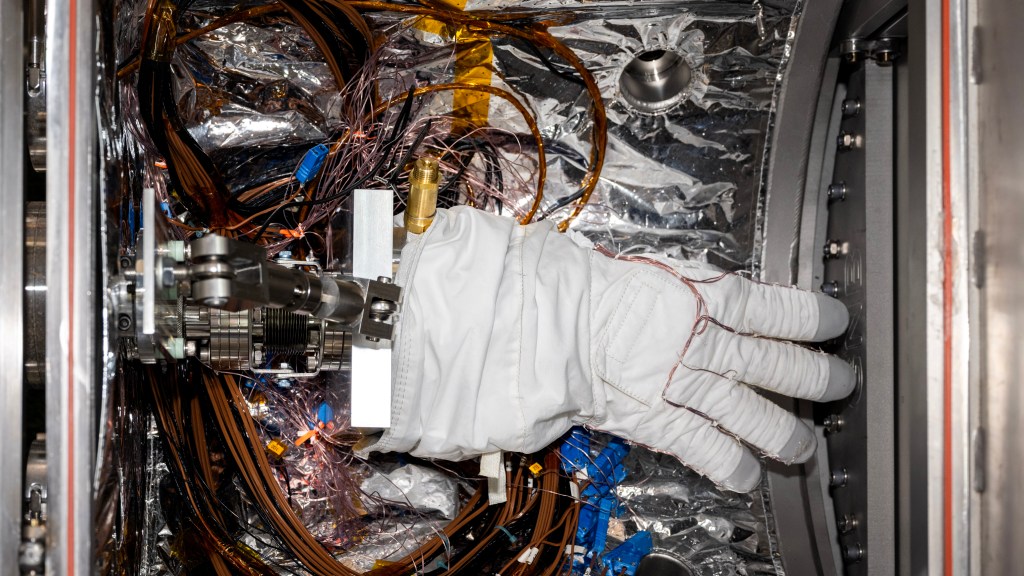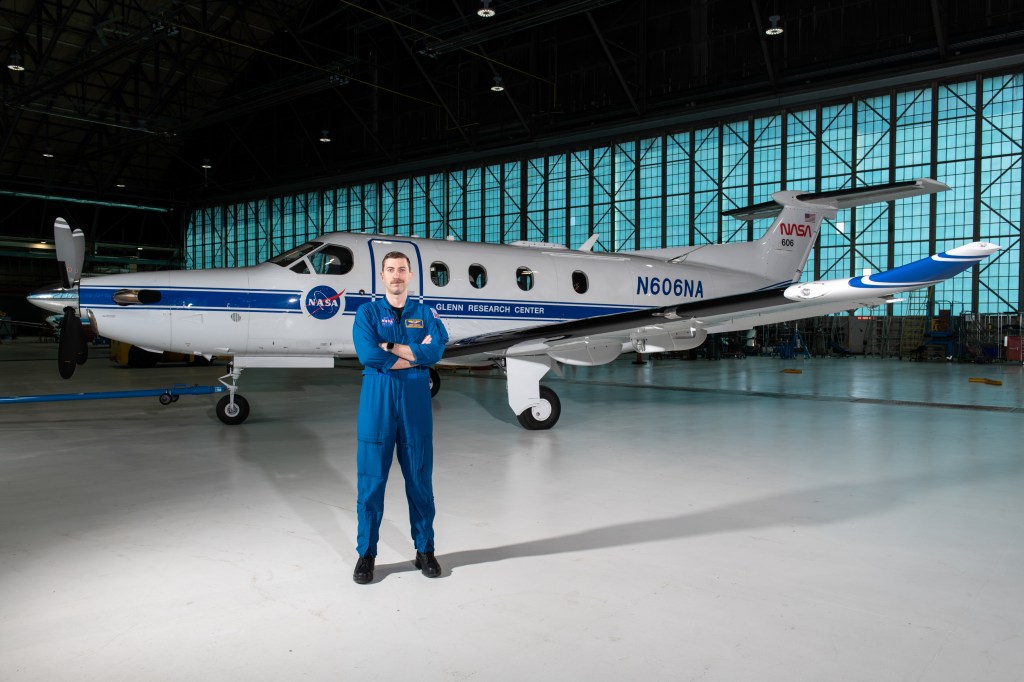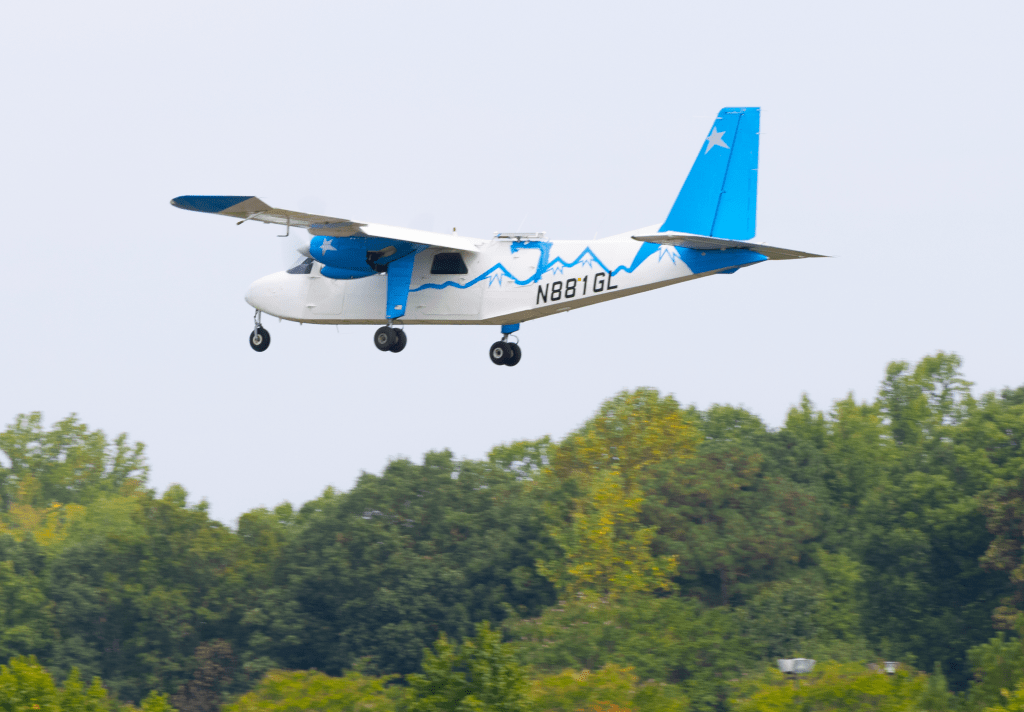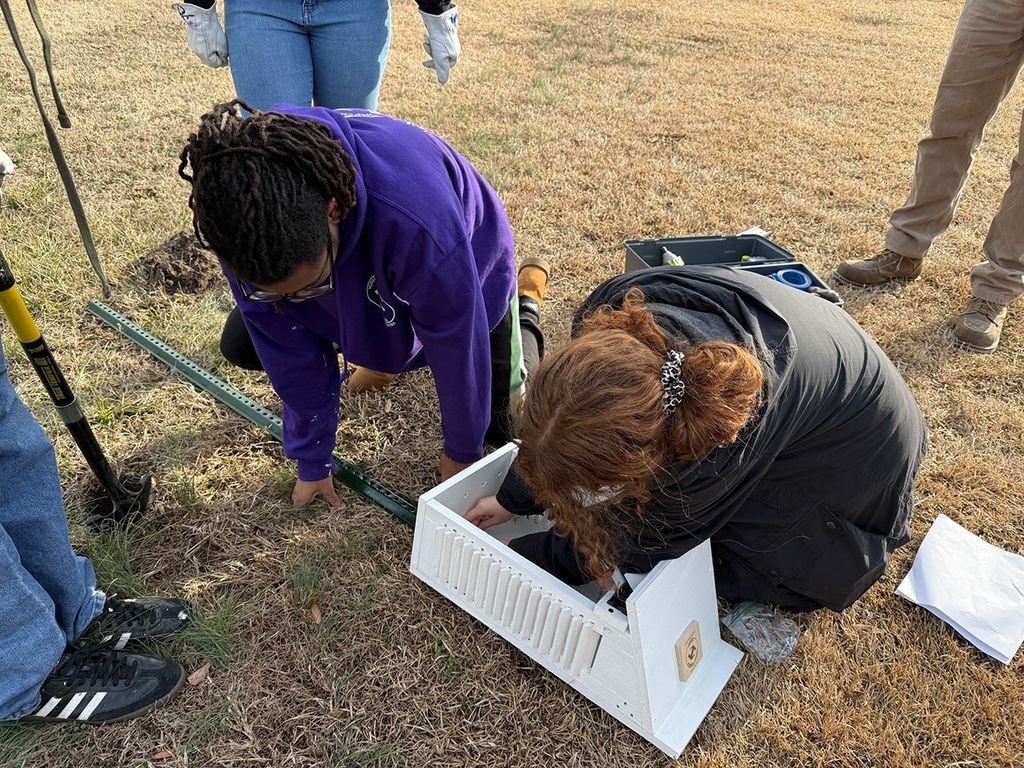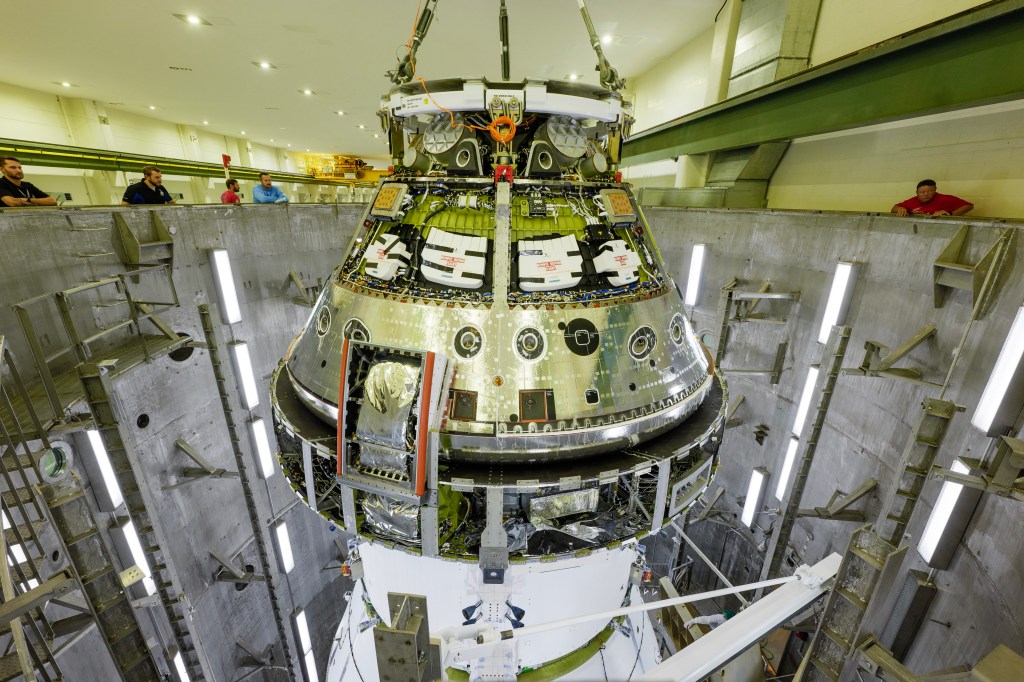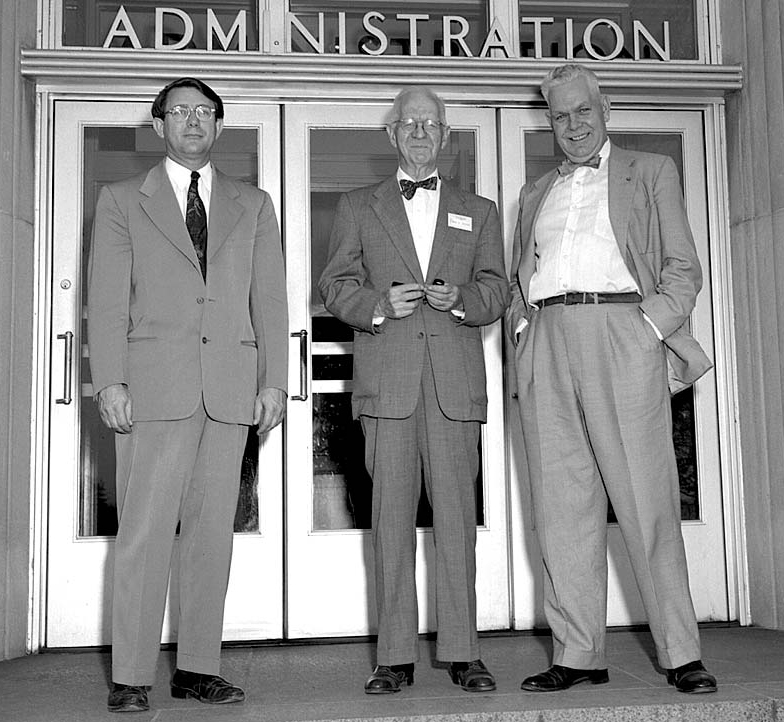
grc-1953-c-34030
Lyman Briggs, center, of the National Bureau of Standards is greeted at the National Advisory Committee for Aeronautics (NACA) Lewis Flight Propulsion Laboratory by Associate Director Abe Silverstein, left, and Director Ray Sharp. In August 1941 the Langley Memorial Aeronautical Laboratory transferred Sharp to Cleveland to oversee the construction, but remained at the helm when operations began in 1942. Sharp was not technically trained, but was an excellent manager of people and resources. He was a father-figure to the staff who knew how to utilize the talents around him, particularly Silverstein. Silverstein’s first 14 years with the NACA were spent designing, conducting research in, and managing Langley’s Full Scale Wind Tunnel. He transferred to Lewis in 1943 to supervise activities in the new Altitude Wind Tunnel. Immediately after World War II, Silverstein was promoted to head of the Wind Tunnels and Flight Division and, with Sharp’s blessing, began designing supersonic wind tunnels. In 1949, Silverstein was named Chief of Research. In 1953 he was promoted again to Associate Director, where he had oversight of all facilities and research projects at the lab. He was an early advocate of high-energy alternative fuels for aircraft and rocket propulsion, particularly in regards to liquid hydrogen, nuclear, and electric propulsion. In 1958 he was transferred to Headquarters to help plan the new NASA space agency. Silverstein returned to Lewis in 1961 to take over for the retiring Sharp. Briggs spent most of his adult life with the National Bureau of Standards. He began in 1920 as chief of the Engineering Physics Division, was named Assistant Director of Research and Testing in 1926, Director of the agency in 1932. Briggs stepped down as director in 1945, but continued at the Bureau as a vital researcher.
- X


